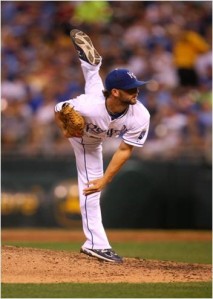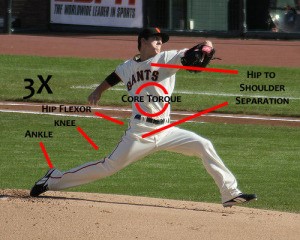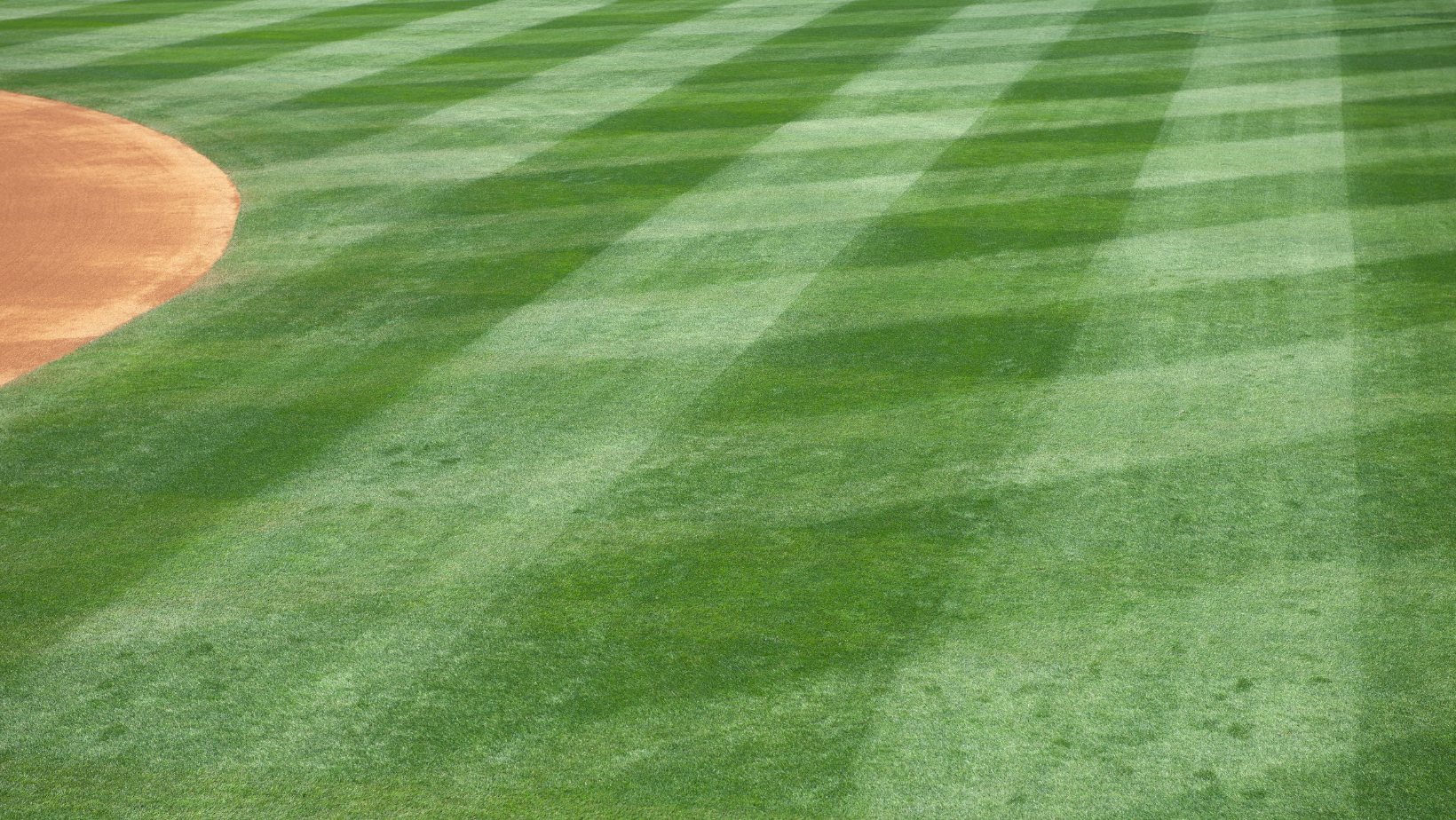September 27, 2018
Erick Mojica – B.S Kinesiology
You need to watch your pitch count! You’re throwing too many innings! Stop throwing as hard as you can… No that’s not why. Maybe…
For pitchers there is a great variety of factors to why our arms hurt. When it comes to the typical fix, icing and rest doesn’t get to the root of the problem. It only helps calm down the symptoms. Taking anti-inflammatory medication and sitting out for a week doesn’t fix things. Can it provide temporary relief? Sure, but it’s not fixing your pitching mechanics. It’s not fixing your poor training, sleep, nutrition, and whatever else you may not be taking care of.
My bias is that it always begins with your routine. What do you do between game days? Do you go through an everyday arm care program or do you play hours of Fortnight? Do you have a daily throwing routine or do you just throw on practice and game days? Are you focused on recovery through exercise or sitting on the couch?
These are the things that you have to ask yourself to take your game to the next level. Will it make you a better pitcher overnight? Probably not. But it does make you proactive on taking care of your body and not just your arm.
Here are some tips on how you can prevent arm injuries
Get on a strength program
Pitching injuries are typically a product of certain muscle groups that have been overused. If your elbow hurts, you are likely absorbing high volumes of force in that area. If your shoulder hurts, the same concept applies.
Like any physical activity, throwing requires a great deal of force onto the arm. Where those forces apply is primarily determined by the timing of your delivery.
In a pitching delivery, there is always a valgus force on the elbow when the arm gets into external rotation. Where your arm is at the time of landing the front foot, the forces produced transfer to the rest of your body. Your timing ultimately determines how those forces are distributed to your legs, torso, shoulder, elbow, and forearm.
In some cases, a lack of strength forces areas like the elbow and shoulder to absorb more. If there is adequate strength throughout some areas the body, poor timing and positioning can still make a joint absorb a great amount of force.
Moral of the story, it is inevitable that there will be a lot of forces that will make your muscles work. But when these muscles get stronger, they can handle these stressors much better. Having a strong lower half and shoulder can make a huge difference to how much stress is placed on your arm. A stronger forearm protects the UCL and a stronger shoulder helps you control the arm’s acceleration and deceleration from beginning to end of a throw. Can overall strength increase velocity? Sure, maybe a tick or two. What’s more important to understand is that strength enables your body to withstand these forces.
When it comes to resistance training, strength is more specific than selecting a weight and being able to move it. It’s about creating an adaptation to the muscles and
 enabling them to work more efficiently. For a beginner lifter, what’s more important is building efficiency in movement patterns. If you can’t stand on 1 leg for very long, how do you think the rest of your body is handling the front foot landing of your delivery?
enabling them to work more efficiently. For a beginner lifter, what’s more important is building efficiency in movement patterns. If you can’t stand on 1 leg for very long, how do you think the rest of your body is handling the front foot landing of your delivery?
Biomechanics
This portion is piggybacking on the timing aspect that was mentioned above. Timing is everything in the game of baseball. Not just for hitting a ball or throwing strikes, but in having efficient mechanics that both produce both successful and healthy outcomes.
Understanding your mechanics is very challenging and to be honest you will spend most of your baseball life searching for it. But that is why we have coaches. Their job is to find ways to get you to feel them and train the movement patterns to maximize your performance.
So what do good mechanics look like? I’ll never tell you to look like your favorite pitcher. Well, maybe…
Good mechanics are hard to define, but I always say it has to feel right to you. It should feel free and easy, sometimes effortless.
In regards to timing, there are a series of movements that should look similar. I’m not talking about having a specific leg kick, rotation, or arm action. Rather the movements should be smooth and consistent within sequence.
For starters, I always look at what the body looks like at front foot strike. Looking at the delivery backwards allows us to see where we are at and what the movements prior may have caused the proceeding outcome.
As mentioned previously, at front foot strike there are a lot of forces that transfer throughout the kinetic chain. In layman’s, you push your foot against the ground and feel the force in your hips. From your hips you begin to rotate and generate greater forces into your torso. As the torso rotates the shoulder and arm has to pull forward. By the time the shoulder and arm are reaching to release point, the torque and velocity applied to the entire arm is reaching maximum velocity.
If the forces and rotational sequence is inefficient, you likely compensate and force the end point (the arm) to have to catch up. Even if you throw strikes efficiently with this pattern, you are likely doing it because it’s the way you’ve always thrown.
To change this you have to do more than “work on your mechanics.” You have to understand your senses and know what it feels like, how it looks, and sometimes even how it sounds.
The next piece to look for is your stride and extension to the plate. There is a concept out of Olympic lifting called “Triple Extension.”

Triple Extension is a power timing sequence that involves extension of the ankle, knee, and hip. In regards to pitching, this is something that almost every 90+ mph thrower does.
Notice how Tim Lincecum hasn’t planted that front foot in this image? That is because he is still generating forces throughout the kinetic chain and loading the torque needed to finish off his delivery. When he finally lands that front foot, he has so much force generated in his core and torso that the explosiveness comes from his lower half, minimizing the need to use his shoulder and arm at the point of release. Not only does this movement sequence generate power for his delivery, but it reduces the stress on his arm.
The next sequence that is a part of this pattern is the degree of “Hip-to-Shoulder Separation.” Although I mentioned how I like to look at deliveries backward, I pay attention to this through all phases in a delivery. Where you shoulder and arm action is at says a lot about how much force it will have to handle.
If your shoulder accelerates before your hips have generated its maximum torque, it is likely going to absorb more. In cases as such, I often find that that problem isn’t your arm action or your release point, but rather the timing of your hips and how you rotate. If the sequence is off so will the rest of the delivery.
Like I said you may get away with being able to throw strikes and you may be able to still throw hard. But the price paid for “bad mechanics?” Something has to give.
Even if you don’t deal with frequent arm trouble, you are making these poor movement patterns physiologically programmed, making it much harder to change as the years go by.
To help fix these issues that you may be experiencing, my greatest advice to you is to watch video of yourself and recognize these patterns. When you play catch, think about what position you entire body is in with every movement that involves throwing a baseball. What feels different throwing on flat ground and off a mound? Try different things and find what makes you throw the ball harder and farther with less effort. When you become more aware of these things, you learn how to throw at your greatest potential.
Building a routine and recovery plan
A routine should be the core of your entire career. This isn’t just what you do on a game day or practice. This involves everything that you do throughout the week. Regardless of being in season or in the off, you have to have a plan in place that keeps your body feeling strong and healthy.
If you rely on throwing a baseball as your only source of arm strength you will learn sooner or later that it is not enough.
Long toss is great, but realistically you cannot throw at maximal distance or intensity every day. Even if you did it every other day, at some point your arm will wear down, especially during season.
You need to get on an arm care program, one that focuses on your specific needs. This involves using resistance bands, weighted balls, strength training, stretching, nutrition, sleep… and so much more.
When it comes to building strength, it goes beyond how many push-ups and sit ups you can do. It’s more than lifting weights and running for long durations. You have to develop strength, power, speed, be able to accelerate and decelerate. It’s about training your muscles to maximize performance and movement efficiency.
While it may seem like a great physical demand on the body, this also includes proper recovery. I don’t believe in sitting on the couch as adequate rest. Taking naps doesn’t improve your sleep quality if you don’t get your 7-8 hours of sleep. Recovery is about preparing the body to take on greater physical demands.
If you have soreness in your arm after pitching, your priority should be running post-game and elevating your heart rate to provide nutrients to the damaged tissues. You should perform band exercises to make the small muscles of the arm get stronger. You should stretch your tight muscles and maintain their elasticity.
Nutrition
Supplying nutrients to your tissues means you have to eat properly to replenish the damaged parts of your body after an activity. High amounts of sugar increase inflammation and high sodium levels retain water, limiting the nutrient transport to your muscles and connective tissues. Hydration plays a huge role in recovery because if you are not, your body prioritizes supplying water to your organs before your tissues. If you threw 70+ pitches in an outing, your body will protect the essential organs before the muscles.
It doesn’t care when you pitch again, it cares about maintaining normal body functions. If your body doesn’t have adequate nutrition and hydration, the process of recovery will take longer. This doesn’t mean that you have to go on a strict diet, but you should be more proactive about how you take care of your body. Eat lots of protein and vegetables and avoid the soda by drinking more water.
The takeaway
Arm troubles go beyond innings and pitches thrown. It’s about becoming more aware of what’s both helping and damaging your body. It’s about constantly working on becoming a better athlete. It’s about making a choice between what makes you better and what makes you settle. Great athletes maximize their capacity in all ends of activity. It is how you study, how you eat, how aware you are of what you’re doing and then executing your training.
If you challenge yourself in all of these aspects, you will make progress. Maybe not right away on the field, but it will show in your development. It will show in your preparation and it will translate to your confidence. You don’t have to be great at everything, just get better at it every day.


Leave a comment